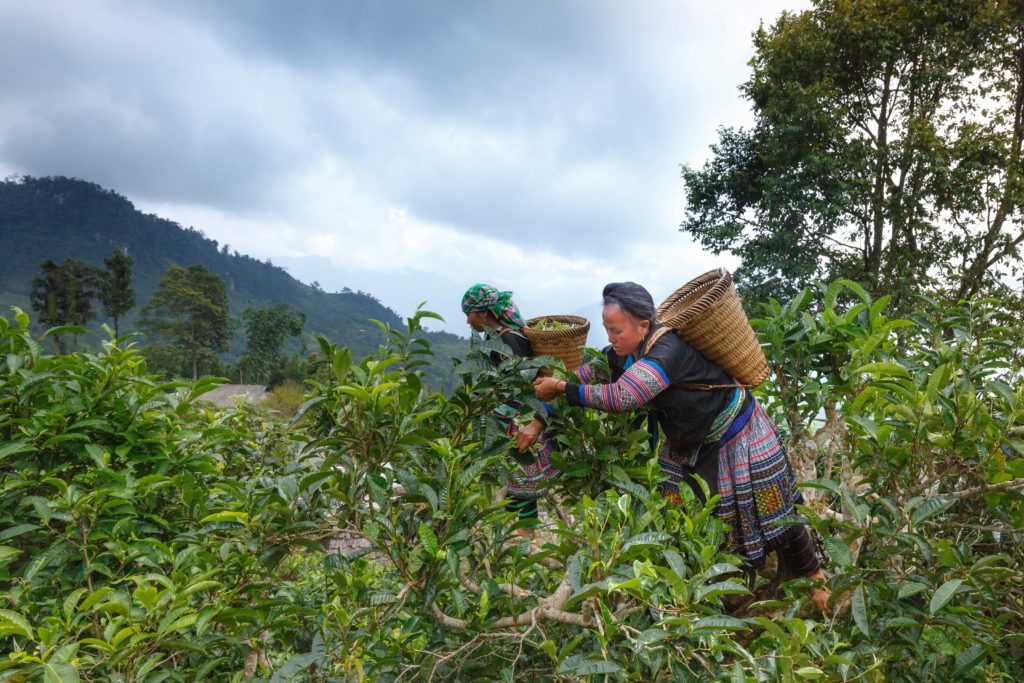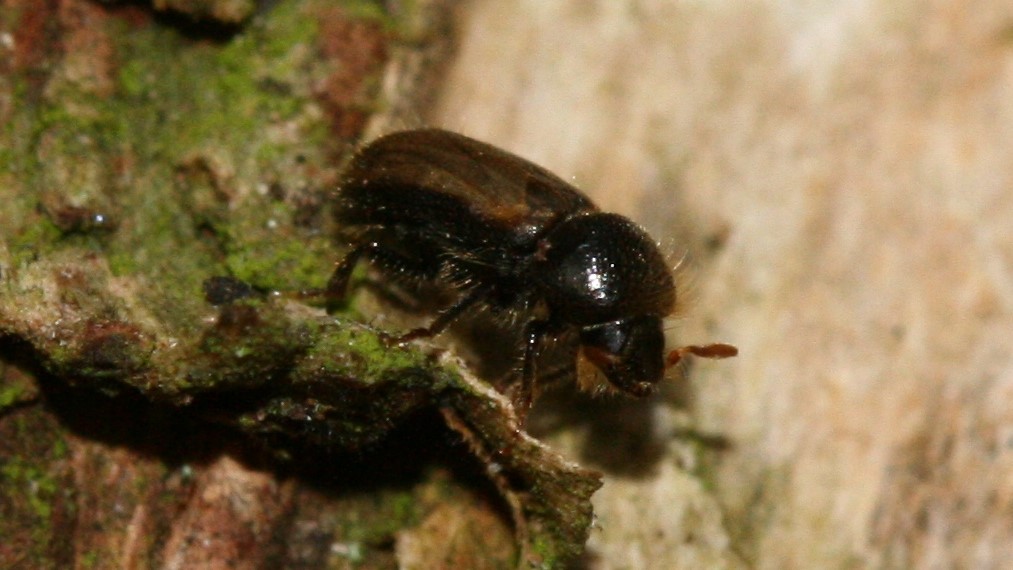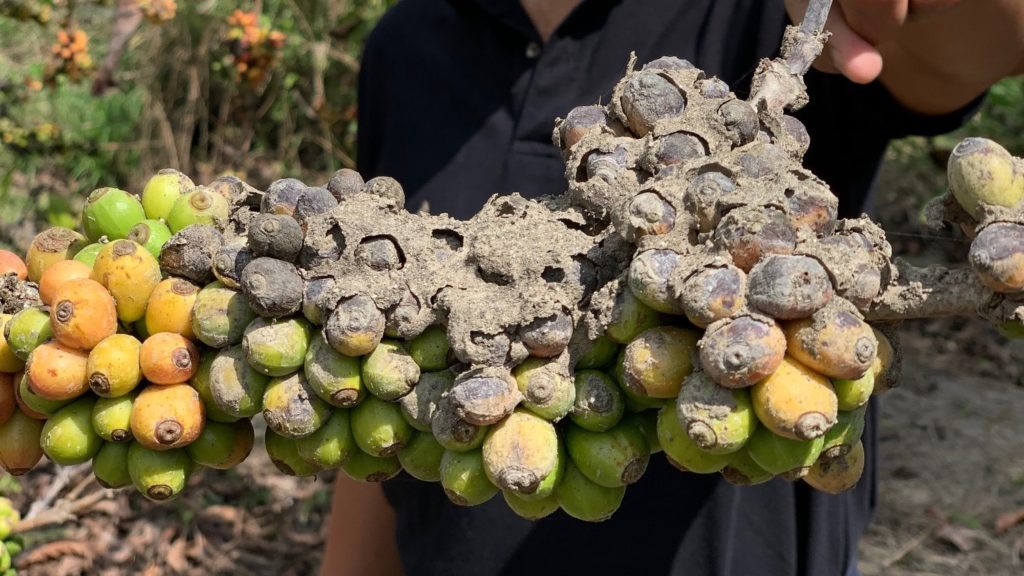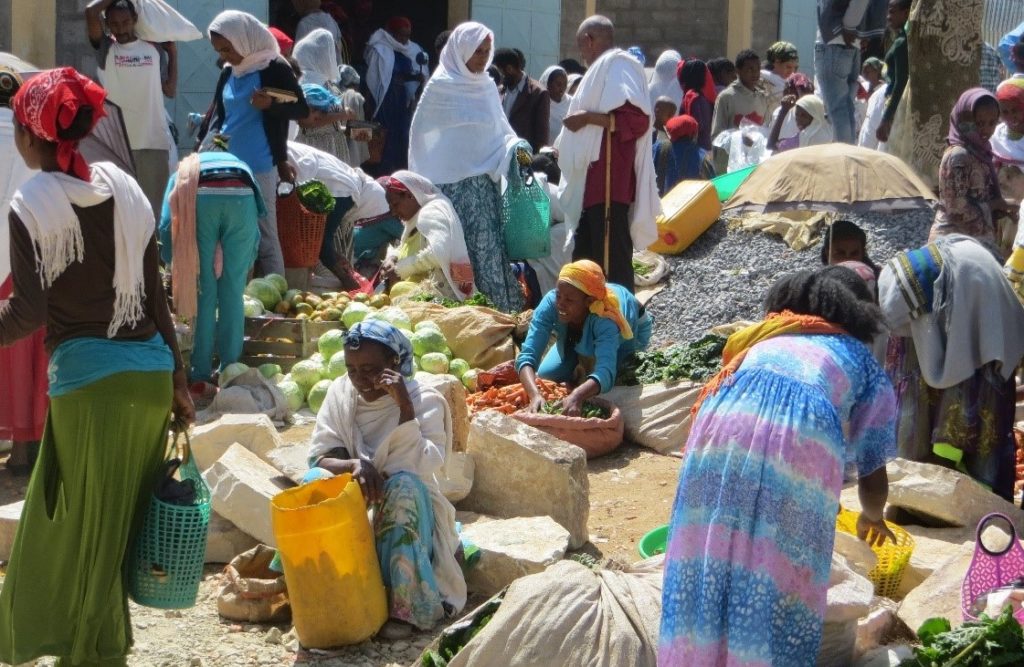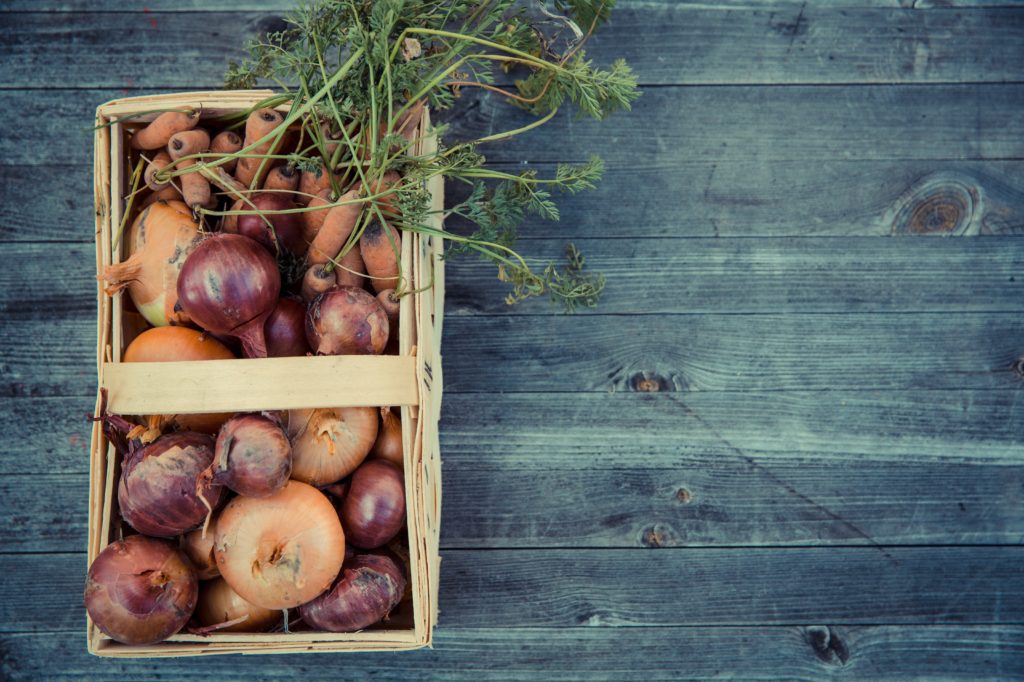Test your plant health knowledge
>> Latest quiz just added Plantwise plant doctors are at the heart of our plant clinic network providing advice and information to farmers, logging their data for the Plantwise Knowledge Bank, and always adapting to new outbreaks and technologies. Think you’ve got what it takes to be a plant doctor? Take our online plant health…
Nuru AI expansion: Supporting farmers to diagnose crop diseases
An extension grant has been awarded to the PlantVillage Nuru project, developing an artificial-intelligence-based solution for the identification and diagnosis of crop diseases targeting smallholder farmers. Under the Inspire Challenge programme, the international research consortium CGIAR has awarded the project a $250,000 grant to scale-up and expand its activities to a global level. Until now…
Update: New Pest & Disease Records (10 March 2020)
We’ve selected a few of the latest new geographic, host and species records for plant pests and diseases from CAB Abstracts. Records this month include reports on three new species of ambrosia beetle in Great Britain and a new potyvirus isolated from Mirabilis jalapa in China.
Test your plant health knowledge
>> Latest quiz just added Plantwise plant doctors are at the heart of our plant clinic network providing advice and information to farmers, logging their data for the Plantwise Knowledge Bank, and always adapting to new outbreaks and technologies. Think you’ve got what it takes to be a plant doctor? Take our online plant health…
Update: New Pest & Disease Records (12 February 2020)
We’ve selected three of the latest new geographic, host and species records for plant pests and diseases from CAB Abstracts. Records this month include reports on the global distribution of the leaf beetle Brontispa longissima and begomoviruses in Thailand.
Coffee crops worst-hit by volcanic ash after eruption in the Philippines
On January 12, Taal Volcano, located on the island of Luzon began spewing plumes of steam and ash. By 3.30 the following morning lava erupted from the volcano’s main crater. Local communities were evacuated as ash began to blanket the land, covering up to a 16-mile radius, with winds blowing ash even reaching the country’s capital, Manila, 31 miles away.
Test your plant health knowledge
>> Latest quiz just added Plantwise plant doctors are at the heart of our plant clinic network providing advice and information to farmers, logging their data for the Plantwise Knowledge Bank, and always adapting to new outbreaks and technologies. Think you’ve got what it takes to be a plant doctor? Take our online plant health…
PRISE project supporting Plant Doctor training in Malawi
In early December 2019, the Pest Risk Information Service (PRISE) project ran a series of workshops across Malawi to engage with Plantwise Plant Doctors on new pest risk forecast bulletins as well as to provide pest identification training to all Plantwise extension workers.
Reducing post-harvest losses without the use of chemical treatments
From recent FAO studies, it has been found that over half of the world’s fruit and vegetables are lost due to post-harvest storage losses as a result of pests, diseases and incorrect storage conditions. In a climate where food consumption is at its highest, with many regions of the world suffering from a lack of…


